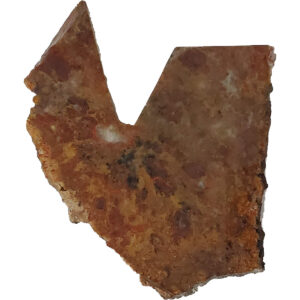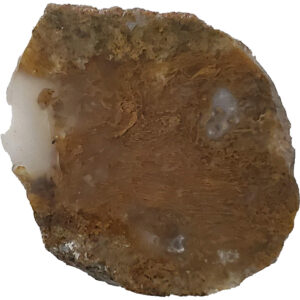Agate Lapidary Slabs
Agate lapidary slabs have a wide range of uses, from cabochons to stained glass products to beautiful display pieces. Agates form from mineral-rich fluids that flow through rocks and precipitate minerals, typically in thin layers, within cavities. Agates can form under a wide range of conditions and result in a diverse range of colors and patterns. Some agates have special identifications and meanings.
Some of the most common types of agate include:
Fortification agate: the bands of minerals form in concentric layers around the margins of the cavity. The layers resemble the view of a fort from above. This type of agate likely formed when the cavity was completely filled with water.
Water line agate (onyx): Water line agates form horizontal layers within the cavity. These layers form when water does not completely fill the cavity and the minerals precipitate at the water level. As the water drains from the cavity, new layers are deposited.
Tube agate forms when thin minerals form within the gel in a cavity before it crystallizes. Then the silica crystallizes around these minerals. The minerals may remain, or they may be dissolved, leaving hollow tubes.
Plume agates had mineral precipitants that formed on the margins of the cavity as dendrites or fern-like patterns. The silica then crystallized around them, embedding these minerals into the silica.
Geode agate: Geodes and agates are very similar in formation. The main difference is that geodes have a hollow center with crystals radiating into the opening while agates are solid with layers of micro-crystalline crystals. A geode agate is an agate in which the cavity does not completely fill and in the final phase, the crystals grow more slowly, becoming larger and more distinct.
Agate is associated with the root chakra and is considering a grounding stone.
Showing all 2 resultsSorted by latest


